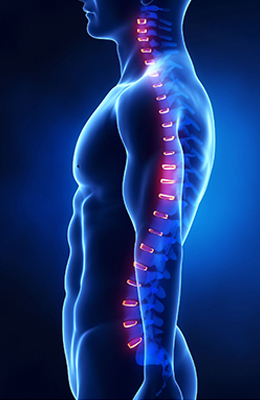. . Have you heard of nattokinase? Check out the potential effects it can have on your […]
. . Do you have plantar fasciitis or heel spurs? Don’t make this huge common mistake! Find […]
.. Could the way many doctors learn how to help with plantar fasciitis be wrong? Check out […]
Foods that support health with high mineral, high detox, reduce digestion troubles. – Dr. Berg
Tony Schumacher , American drag racer and eight-time NHRA Champion suffered a terrible crash at 320 mph […]
A Chicago-area study of patients with a misaligned Atlas vertebra (located high in the neck) and high […]
Half Somersault Maneuver Benign Paroxysmal Positional Vertigo or BPPV Video: Carol Foster, MD Vertigo Treatment BPPV has […]
Yes!! ABC TVs Good Morning America proved it on a Vimeo video. The research used the expertise […]
Lecithin, as a nutritional substance, mostly comes from Soy Beans. The Vitamin Companies we use certify that […]
The old joke is, “Nothing.What has it done for me?” Actually, a fever probably has done a […]
